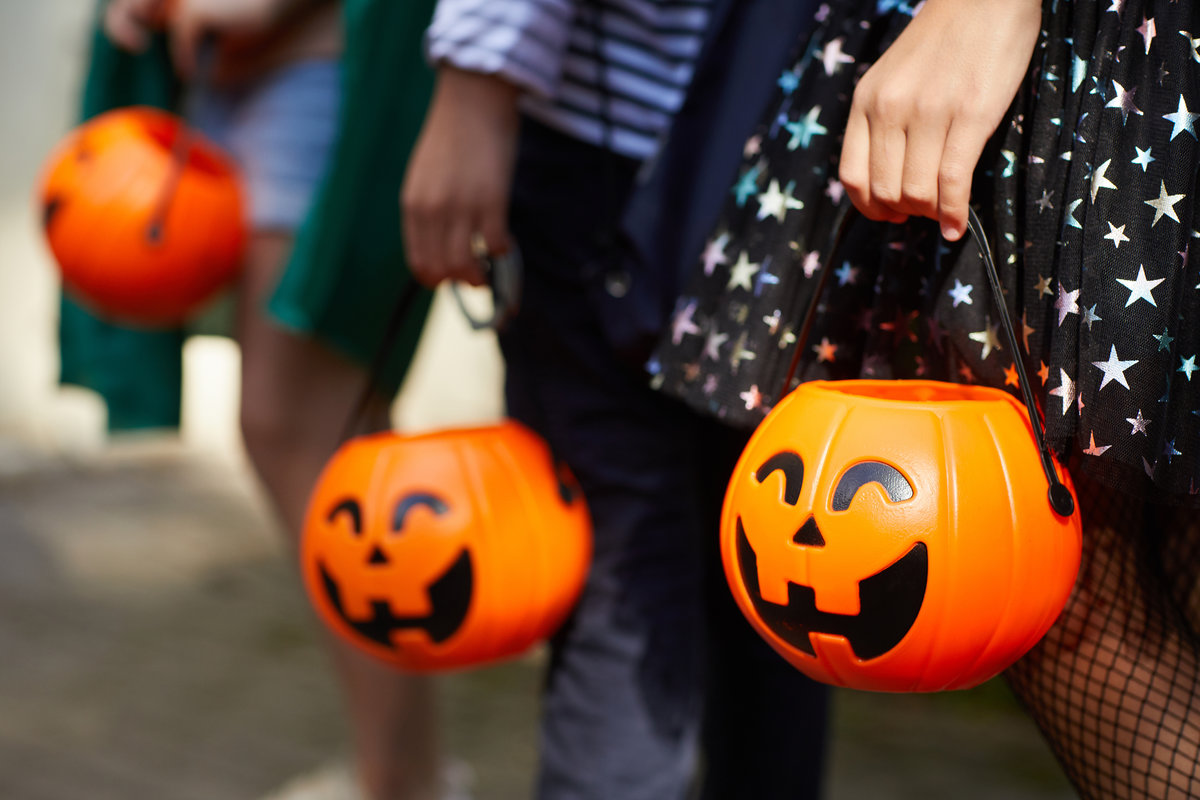Halloween Safety: Protecting Trick-or-Treaters From Personal Injury Accidents
Halloween ranks among the most dangerous nights of the year for children, with pedestrian fatalities jumping dramatically as excited trick-or-treaters flood neighborhood streets after dark. Research analyzing decades of data reveals children are three times more likely to be struck and killed by a car on October 31 than on any other day of the year. For children ages 4 to 8, the risk increases tenfold, making Halloween safety precautions essential for protecting young trick-or-treaters from serious injuries.
The combination of darkness, costumes that obscure vision, increased foot traffic, and distracted drivers creates a perfect storm for accidents. Colorado pedestrian accident law recognizes that both pedestrians and drivers share responsibility for safety, but on Halloween, extra vigilance becomes critical to prevent tragedies that devastate families and communities.
Understanding Halloween Accident Statistics
Data from the National Highway Traffic Safety Administration shows pedestrian fatalities are 43% higher on Halloween compared to control evenings one week before and after. Between 1975 and 2016, researchers documented 608 pedestrian fatalities on 42 Halloween evenings analyzed, compared to 851 fatalities across all 84 control evenings combined. This translates to children facing roughly double the average daily risk, with fatal accidents jumping from approximately 2.6 child pedestrian deaths per day to 5.5 on Halloween.
The most dangerous window occurs between 5 p.m. and 9 p.m., with over 25% of Halloween pedestrian deaths among children happening specifically between 6 p.m. and 7 p.m. More than 70% of these deaths occur away from crosswalks or intersections, where children dart between parked cars or cross mid-block while moving from house to house. The U.S. Consumer Product Safety Commission reports approximately 3,200 people visit emergency rooms due to Halloween-related injuries annually, with 46% of these injuries affecting children under 18.
Costume Safety and Visibility Concerns
Poorly chosen costumes contribute significantly to Halloween accidents. Dark-colored costumes make children nearly invisible to drivers navigating dimly lit residential streets, while masks that obstruct vision prevent kids from seeing approaching vehicles or sidewalk hazards. Long, baggy costumes create tripping hazards that cause falls resulting in fractures, head injuries, and abrasions. Research shows 25% of Halloween emergency room visits stem from falls while trick-or-treating or hanging decorations.
Parents should select well-fitting costumes in bright colors whenever possible. Consider using reflective tape or stickers on costumes, treat bags, and shoes to increase visibility from all angles. Glow sticks or battery-powered lights attached to costumes help drivers spot children from greater distances. Face paint or makeup provides safer alternatives to vision-obstructing masks, allowing children to maintain full peripheral vision while crossing streets and navigating obstacles. If masks are necessary, ensure they fit properly with adequate eye openings that don’t shift during movement.
Driver Responsibilities on Halloween
Drivers bear significant responsibility for preventing Halloween pedestrian accidents. Approximately 23% of Halloween pedestrian fatalities involve drunk drivers, as Halloween has become increasingly associated with adult parties where alcohol flows freely. Drivers may not anticipate consuming alcohol at Halloween gatherings, leading to poor planning for safe transportation home. Studies show 86% of adults bring alcohol to Halloween parties even when children are present, increasing drunk driving risks throughout the evening.
Sober drivers must also exercise extreme caution on Halloween night. Reduce speed in residential neighborhoods where children may be present. Eliminate all distractions, including cell phones, which significantly impair reaction times when children unexpectedly enter roadways. Watch for children darting between parked cars or crossing mid-block. Remember that 63% of children trick-or-treat in the dark without flashlights, making them difficult to spot until they’re dangerously close. Take extra time scanning sidewalks and driveways before turning or backing up, as excited children may not notice vehicle movements.
Property Owner Liability for Halloween Injuries
Homeowners welcoming trick-or-treaters assume premises liability obligations to keep their properties reasonably safe. Colorado law requires property owners to address hazards that could foreseeably injure visitors. Before Halloween evening, inspect walkways for tripping hazards like uneven pavement, loose stepping stones, or garden hoses. Ensure adequate lighting along pathways leading to your door, as most Halloween activities occur during darkness. Clear leaves, toys, decorations, and other obstacles from walkways that children will traverse.
If you use decorative lighting or jack-o-lanterns with candles, position them away from foot traffic areas to prevent fire hazards and burns. The Consumer Product Safety Commission reports candles cause approximately 5,600 fires annually, with the highest risk occurring between 6 p.m. and 7 p.m. on Halloween. Secure outdoor decorations properly so they don’t blow into walkways or become tripping hazards. If you have dogs, secure them away from the front door to prevent bites when excited children approach for treats. Property owners may face liability if preventable hazards on their property cause injuries to trick-or-treaters.
Protecting Your Children While Trick-or-Treating
Parents and guardians play crucial roles in Halloween safety. Children under 12 should always trick-or-treat with adult supervision, yet alarmingly, 12% of parents report allowing children ages 5 and younger to trick-or-treat without adult supervision. Young children lack the judgment and impulse control necessary to navigate traffic safely, particularly when excited by the prospect of candy. Even pre-teens and teenagers ages 12-15, who show elevated accident risks compared to younger children, benefit from adult oversight.
Plan your trick-or-treating route in advance, selecting well-lit streets with sidewalks whenever possible. Teach children to walk, not run, between houses and to use crosswalks at intersections rather than crossing mid-block. Practice the habit of looking both ways before crossing streets and continuing to watch for vehicles while crossing. Remind children to wait until cars come to a complete stop before stepping into roadways, even when they have the right of way. Carry flashlights to increase visibility and help children see potential obstacles in their path.
Get Help from Mintz Law Firm
Despite precautions, Halloween accidents still occur when drivers fail to exercise appropriate care or property hazards cause injuries to trick-or-treaters. At Mintz Law Firm, we understand the devastating impact these accidents have on families. Our attorneys have extensive experience handling pedestrian accident cases and premises liability claims throughout Colorado. We know how to investigate Halloween accidents, identify responsible parties, and build compelling cases that secure fair compensation for injured children.
If your child suffered injuries while trick-or-treating due to a driver’s negligence or hazardous property conditions, time limits apply to your claim. Colorado law imposes strict deadlines for filing personal injury cases, making prompt action essential. Contact our team today to schedule a free consultation and learn how we can help your family pursue justice and compensation after a Halloween accident.

